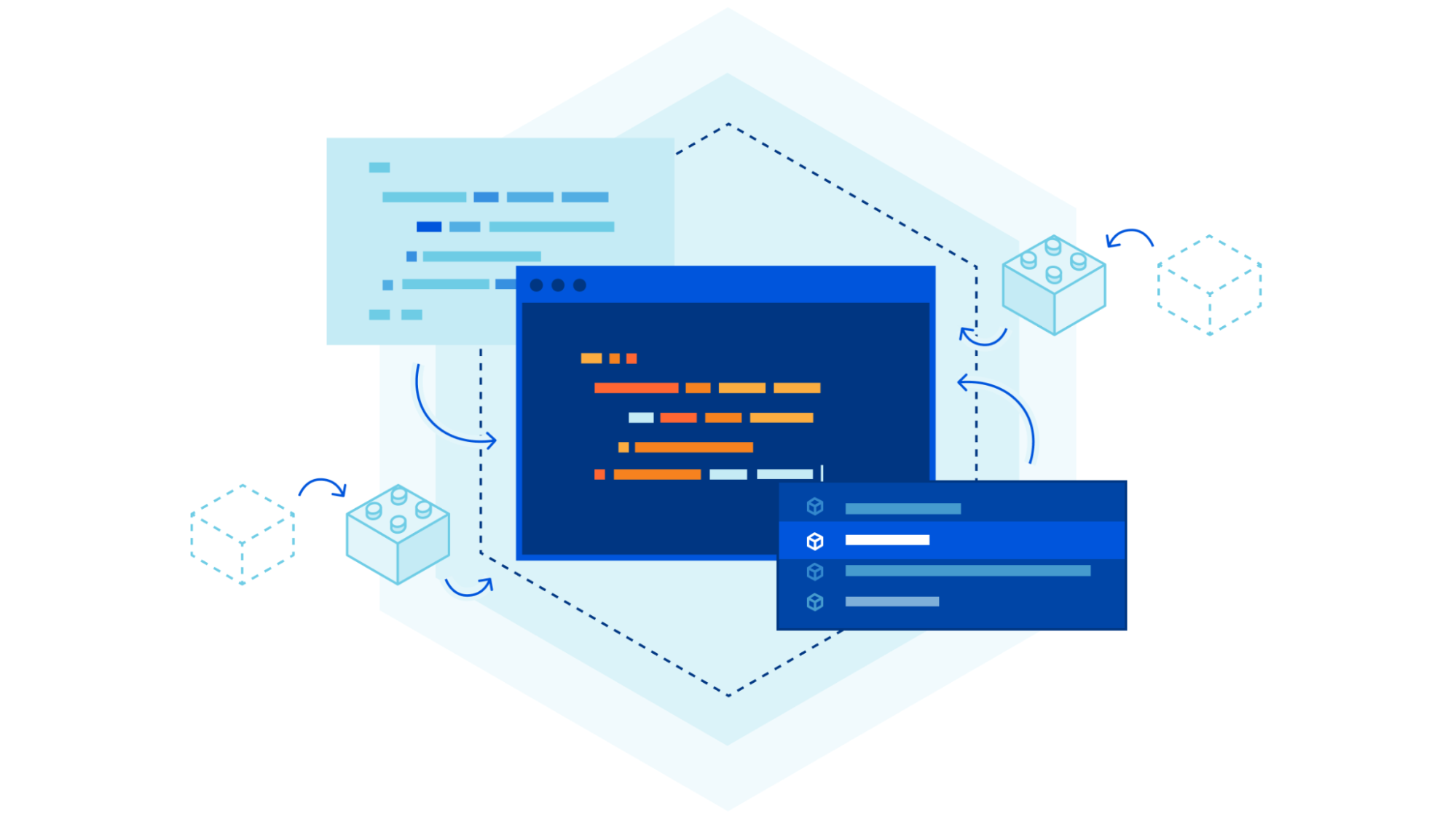IPv6 Prefix Lengths
These days its up to IPv6 Service providers to determine what IPv6 address prefix length they assign to each customer. This leads to the question: What lengths are commonly used for customer assignments? Let's see if we can answer it.Fixed Wireless Access Benefits Extend to Enterprises
Pending 6GHz spectrum availability, faster speeds, and private wireless access use drive FWA forward.NAN061: Transforming Network Telemetry Into Operational Insights With Kentik (Sponsored)
The expectations for application delivery are higher than ever before, the networks that support those applications are increasingly distributed, and visibility is essential for network operations and troubleshooting. On today’s sponsored episode, Kentik’s Phil Gervasi joins us to discuss how Kentik collects essential performance data to help you monitor and manage all the networks your... Read more »How to Get the Maximum Value Out of Network Automation
Network automation is gaining momentum. Here's how you can drive this powerful technology to its full potential.D2C241: Choose Your Own Adventure: Manager, Director, or IC
What makes for a good manager, director, and independent contributor (IC), and how do you figure out which is the best fit for you? Hazel Weakly has had a whirlwind tour of all three and is ready to share her insight into each. We talk about the skill set needed for each, and figuring out... Read more »Aruba Networking Unveils Wi-Fi 7 Access Points
The new HPE Aruba 730 series Wi-Fi 7 access points tout high performance, enhanced security, location tracking capabilities, and more.Stop the Network-Based Application Recognition Nonsense
One of my readers sent me an interesting update on the post-QUIC round of NBAR whack-a-mole (TL&DR: everything is better with Bluetooth AI):
So far, so good. However, whenever there’s a change, there’s an opportunity for marketing FUD, coming from the usual direction.
Stop the Network-Based Application Recognition Nonsense
One of my readers sent me an interesting update on the post-QUIC round of NBAR whack-a-mole (TL&DR: everything is better with Bluetooth AI):
So far, so good. However, whenever there’s a change, there’s an opportunity for marketing FUD, coming from the usual direction.
PP011: IoT Protocols: Detection and Protection
IoT devices are often like the tiny aliens in the locker in Men in Black: They’ve created a whole little world on your network without almost any humans knowing they exist. Today Troy Martin joins the show to teach us the basics of how to find and secure IoT devices on your network, specifically focusing... Read more »Good Things Happen when Network Engineers Internalize Spider-Man’s Mantra
NetOps teams, like Spider Man, have great powers and great responsibilities. Increasingly, they are adopting a Zero Trust approach to network operations to help fight their battles.HS070: Living on the Edge: The Present Future of Edge Architecture
Right now we’re in the first generation of edge architecture. We won’t even really know how to define it until we’re past it. Greg and Johna discuss the operational milieu in which the edge is forming: Vast numbers of IoT devices, increased remote computing capabilities, questions around cloud operational costs and efficiency, and vendors jostling... Read more »Lessons from building an automated SDK pipeline

In case you missed the announcement from Developer Week 2024, Cloudflare is now offering software development kits (SDKs) for Typescript, Go and Python. As a reminder, you can get started by installing the packages.
// Typescript
npm install cloudflare
// Go
go get -u github.com/cloudflare/cloudflare-go/v2
// Python
pip install --pre cloudflare
Instead of using a tool like curl or Postman to create a new zone in your account, you can use one of the SDKs in a language that you’re already comfortable with or that integrates directly into your existing codebase.
import Cloudflare from 'cloudflare';
const cloudflare = new Cloudflare({
apiToken: process.env['CLOUDFLARE_API_TOKEN']
});
const newZone = await cloudflare.zones.create({
account: { id: '023e105f4ecef8ad9ca31a8372d0c353' },
name: 'example.com',
type: 'full',
});
Since their inception, our SDKs have been manually maintained by one or more dedicated individuals. For every product addition or improvement, we needed to orchestrate a series of manually created pull requests to get those changes into customer hands. This, unfortunately, created an imbalance in the frequency and quality of changes that made it into the SDKs. Even though the product teams would drive some of these changes, not all languages were covered and the SDKs Continue reading
Wi-Fi 7: The Future of High Speed Wireless Networking is Here
Enterprises are under pressure to meet and exceed the challenges of rapidly increasing bandwidth requirements, including AR/VR (augmented reality/virtual reality) applications, streaming multimedia, IoT proliferation, video applications and high density deployments.
CCNA 200-301 Updated To Version 1.1
Cisco is updating the Cisco Certified Network Associate (CCNA) exam to version 1.1. In the past, Cisco only did major updates to their exams. Since then, they have moved to doing more frequent and minor updates, in a more agile fashion. Before going in to the changes, let’s answer some common questions that are covered in Cisco’s FAQ:
Why is the CCNA being updated?
Cisco regularly performs reviews of their exams. Exams get updated to clarify exam topics, introduce new ones, and phase out outdated products and solutions.
What is being added?
New topics include generative AI, cloud network management, and machine learning.
When can candidates register for CCNA v1.1?
Registration begins on August 20, 2024.
What if I’m already studing for CCNA v1.0?
Complete your study and take the CCNA v1.0 exam.
What percentage of the exam is being updated?
Approximately 10% of the exam is updated.
When is the last day to test for CCNA v1.0?
The last day of testing for CCNA v1.0 is August 19, 2024.
So what is being changed? The different domains and their percentages is not changing. The domains and their percentage remain as:
- 1.0 Network Continue reading
Presentation: Introduction to netlab
On April 22nd, I had an Intro to netlab presentation at the wonderful RIPE SEE meeting in Athens.
You can download the presentation or watch it on YouTube. Enjoy ;)
Presentation: Introduction to netlab
On April 22nd, I had an Intro to netlab presentation at the wonderful RIPE SEE meeting in Athens.
You can download the presentation or watch it on YouTube. Enjoy ;)
NB475: Cisco Hypes Hypershield; Broadcom Tries To Clarify VMware Strategy
Take a Network Break! This week we cover Hypershield, a new Cisco security product that uses technology from its Isovalent acquisition. We parse a blog from Broadcom CEO Hock Tan on the company’s VMware strategy, and discuss China’s latest counter-punch in its tech infrastructure fight with the United States. A KPMG survey reveals that executives... Read more »Engineer’s Dilemma: Constant Learning and Forgetting

As a Network Engineer, I've noticed we're in a constantly evolving field. Traditional networking is already a deep pool of knowledge, covering a wide range of topics. But the tech world doesn't stand still – it's moving at a fast pace.
Now, we're not just dealing with routers and switches. We've got a whole new set of skills to learn. There's Cloud, then there's Automation. We're also diving into tools like Ansible, Docker and Terraform and let's not forget Python. With all these new areas to explore, the big question is how do we keep up? How do we learn all these new skills without forgetting the fundamentals that got us here?
Do You Keep Forgetting?
Let me pull out EIGRP as an example. Back when I was studying for my CCNP certification, EIGRP and I were best buddies. I could set up labs, get EIGRP running between them, and troubleshoot any issues that popped up. Ask me about it now. Well, it's a bit embarrassing, but I'd be scratching my head. I remember something about a 'feasible route', but that's about it.
